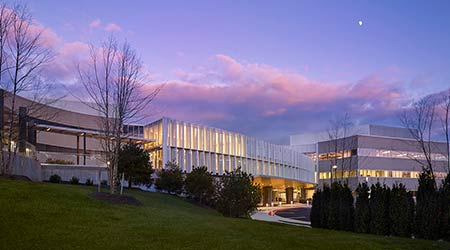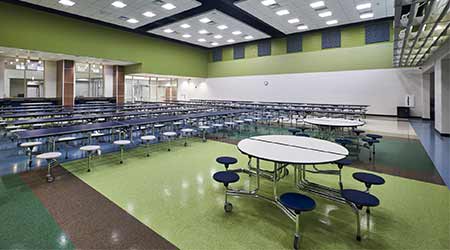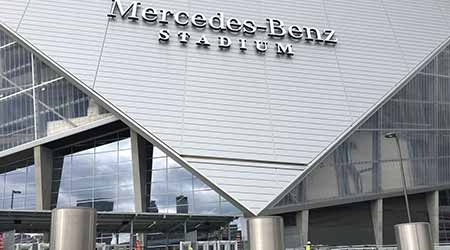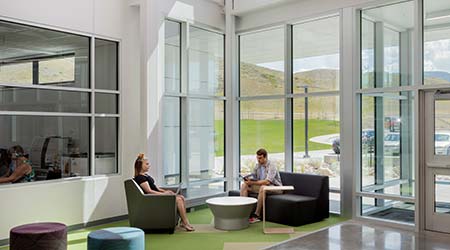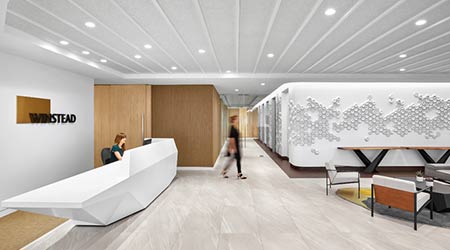view all Case Studies
Lighting Controls Help Improve Occupant Experience
July 11, 2018 -
Lighting
Memorial Sloan Kettering Cancer Center (MSK) Monmouth outpatient facility in Middletown, N.J., opened in December 2016. The 285,000 square foot facility is MSK’s first facility outside of Manhattan to offer outpatient surgery.
Overall, the lighting design focused on controls that would be easy to use for patients and visitors, as well as meet the level of interactivity for nurses and other professional staff. In the infusion suite, patients and their caregivers can adjust the lighting and other settings, such as temperature and seating.
Patient integration was one of the most important pieces in the lighting design. The lighting controls also needed to work with the Rauland Responder 5 nurse call system, which added complexities in terms of sequence of operations and integration.
To address these complexities, a combination of Wattstopper Digital Lighting Management (DLM) and Architectural Dimming solutions were utilized. These solutions, including the Lighting Control and Automation Panel (LCAP) series of lighting control panels, support the entire facility including 30 exam rooms, 60 patient infusion rooms, administration offices, and nurse call operations and integration locations.
To manage the complexities of the nurse call system and panel, Legrand developed a new solution for this project, the LMOR-102 low voltage dual relay accessory device. This solution enables a local DLM switch button to provide a low voltage dry contact input that could be aggregated into a larger system and remotely managed from the Rauland Responder 5 nurse call system. It includes two relays for on/off control of devices that require a contact closure on a voltage signal ranging from 0-24V AC/DC. This one device solved the challenges around sequence of operations and integration, as well as eliminating a line-voltage-to-low-voltage interface in the room.
Next
Read next on FacilitiesNet








